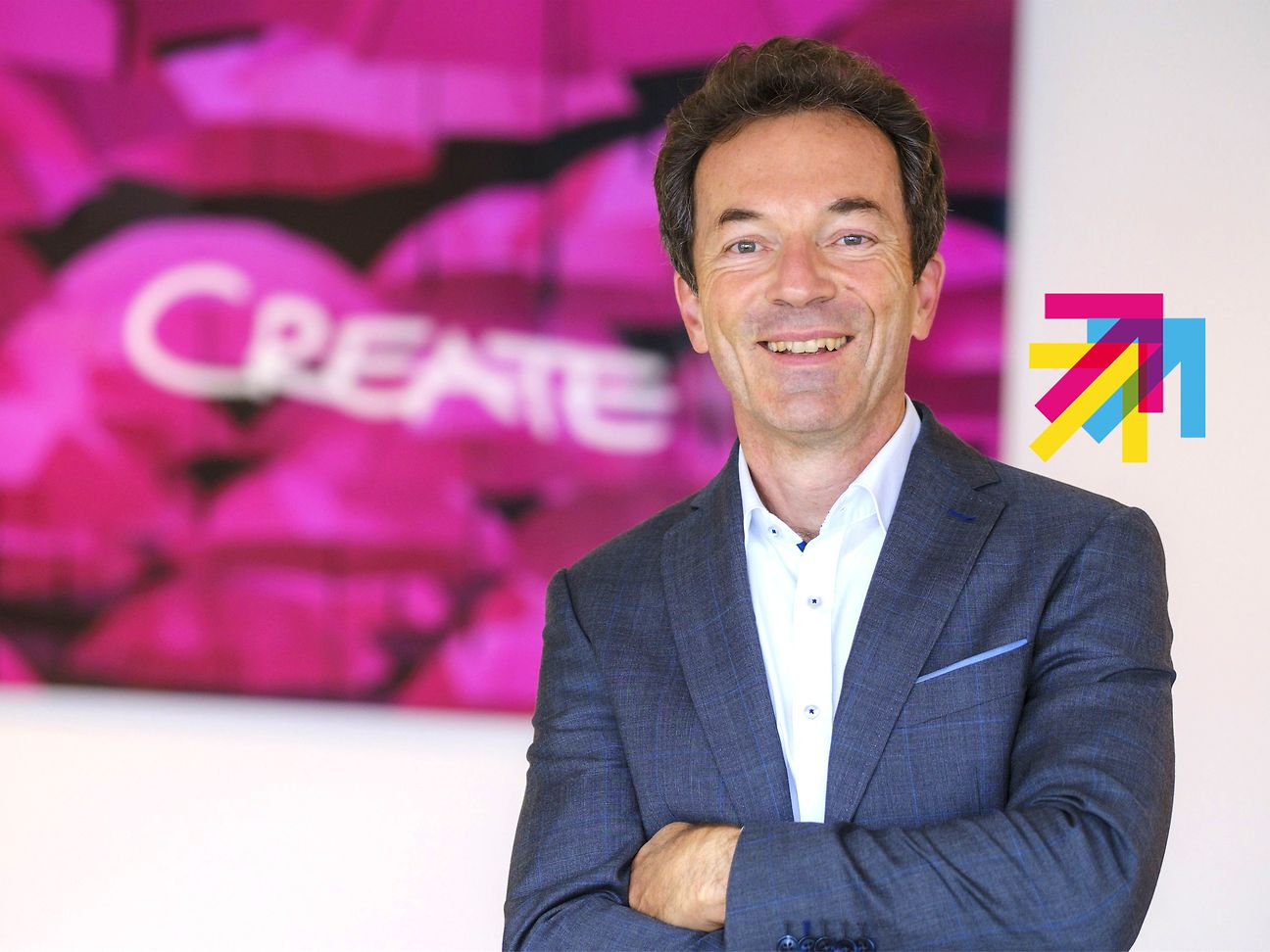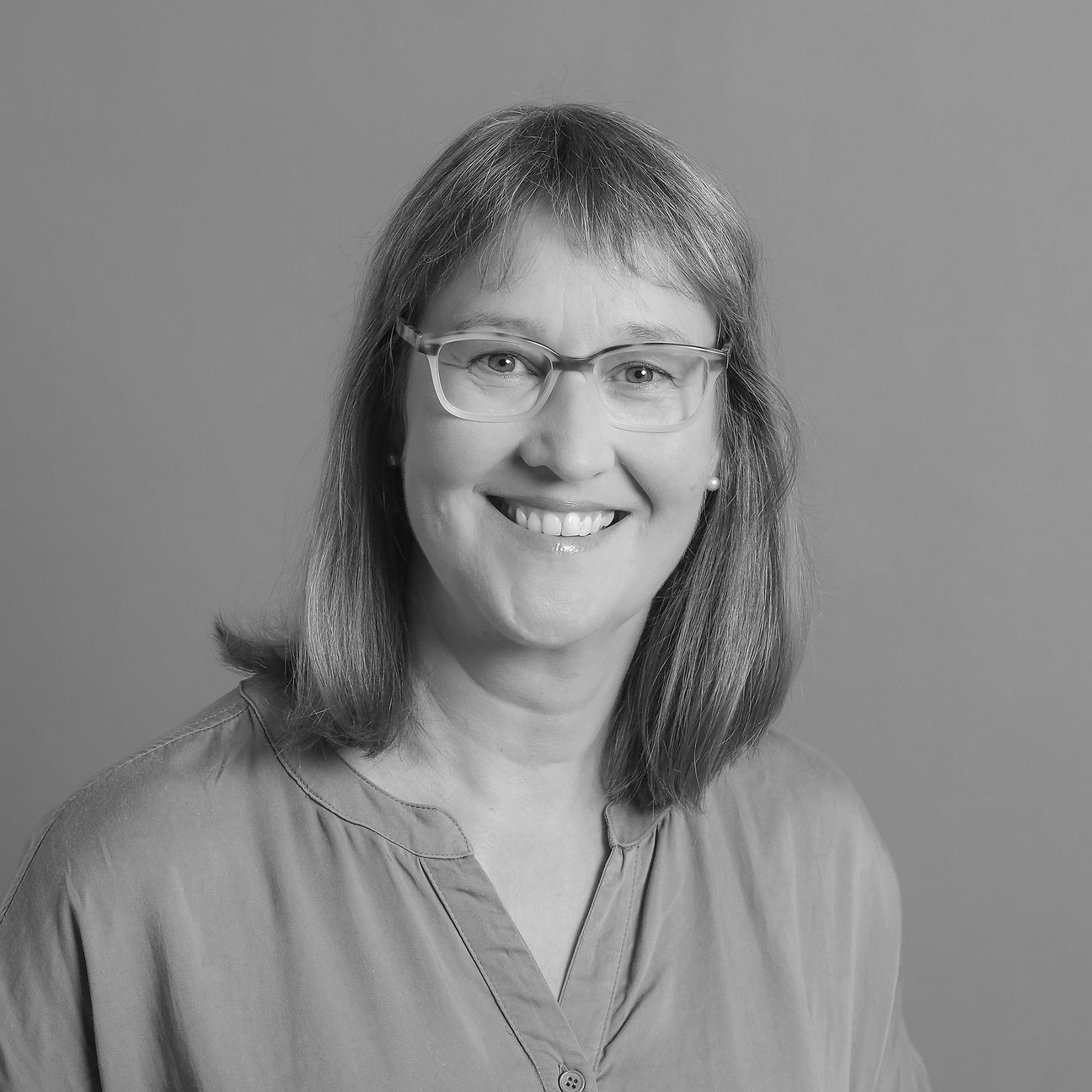

„Work is meant to strengthen, not weaken“
Oliver Herrmann, Tribe Lead New Ways of Working at Deutsche Telekom, explains in an interview how work is changing in the digital age. And why New Work is more than just home office.
Is New Work the work of the future? Ultimately, it's all about making work more flexible.
Oliver Herrmann: New Work originated with Frijthof Bergmann and is thus more than flexibilization. New Work, as formulated by Bergmann more than 20 years ago, is a comprehensive socio-philosophical vision of work with far-reaching goals and an alternative to capitalism and socialism. Work must give people their independence of action and be truly meaningful. Bergmann's goals of New Work, however, go far beyond the world of work, for example, that there should be no poverty or waste of natural resources worldwide and that the destruction of the climate should stop.
The driver is the desire for meaningful and self-determined work?
Oliver Herrmann: Yes, and summarized in one sentence, New Work is about strengthening people, not weakening them. We know from science that the two key drivers for people are being able to work in a self-determined way and to find meaning in it for themselves. If we can work in a way that is meaningful, in line with our skills and in a self-determined manner, this will result in satisfaction, motivation and good business results. That is what New Work is all about.
Many people talk about hybrid working. What is meant by this?
Oliver Herrmann: Currently, the term "hybrid working" is mainly used to describe how we organize the mixture of stationary work in the office and remote work. It is also frequently used to describe the compatibility of agile working and traditional project management. However, we see it primarily as a strengthening of so-called asynchronous work. This means that people work together on a topic at different times - this reduces the effort for synchronous meetings and pays off New Work as described above.
What does that look like in day-to-day work?
Oliver Herrmann: In the first case, we see three different scenarios. One is that some of the colleagues are in the office and collaborate. The other is that colleagues are all sitting remotely and working together. Both cases can be organized relatively well. We have well-equipped offices and collaboration that allow us to work well together virtually. The coexistence of both forms is sometimes already referred to as hybrid working. It becomes truly hybrid and challenging when one part of the colleagues is in one room and another part joins in remotely. This requires excellent technical equipment in the room where the colleagues are located, such as several microphones distributed around the room, cameras that automatically focus on the person speaking, and so on. In addition, there is an enormous amount of discipline on the part of the colleagues: Ideally, everyone also has the camera of their notebook on and is muted, there are no side conversations, no documentation on flipcharts, no rustling of paper, no glasses near the microphone. Even the best teams rarely manage to do this very well. Here, the principle of "one person, one line" has proven more effective, i.e. everyone is remotely dialed in as soon as there are colleagues who cannot be in the room. This is why we recommend teams to increasingly rely on the above-mentioned asynchronous collaboration and thus avoid the challenges of synchronous hybrid collaboration just described. The resulting new challenges are easy to learn and have already been mastered for years by teams working together in different time zones, for example.
And how does the second case look like?
Oliver Herrmann: In the second case, i.e., reconciling agile and classic working, it is more complicated to effectively bring together the best of "both worlds". One can imagine, for example, that one or the other approach is used in certain project phases. Especially at the beginning, when the product vision may not yet be so clear, one could start with an agile approach, for example, and then switch to classic as development progresses and the product vision is clearly described. Or you could develop parts of a product agilely, such as an app, and others classically, for example, building the necessary cloud infrastructure. The team should decide as undogmatically as possible what makes the most sense. What should definitely be avoided is that operational teams work agilely, but strategic product management or financial planning (to name just two examples), classically. Then they have processes at different levels in the company that no longer mesh and get the worst of both worlds. You have to, in order to get the benefit of agile working, introduce it across all levels in the company.
How do we have to imagine the new leadership?
Oliver Herrmann: Leadership here takes place on several levels, which are equal: disciplinary as well as technical. We need the excellent technological experts and visionaries just as much as we need highly empathetic team leaders who care about developing competencies. And leadership will become participative; the challenges are too complex for one person to handle them all in the best possible way. So, situationally, leadership tasks will be performed by different roles. It is then not only about "leading", but much more about "being led". How well do we lead ourselves and let ourselves be led? And how well do we let go? The most difficult part of this change in behavior for "classic leaders" is letting go. It feels strange to no longer be constantly "needed" or to "know everything (better)." And it requires a pervasiveness in the company, where executives are no longer judged on whether they are capable of providing information on everything and whether they have "everything under control." Look at social media: here, whoever has the most "followers" "leads." Young people expect exactly that. They want people they can and want to follow - that no longer has much to do with hierarchies.
What will our working world look like in five years?
Oliver Herrmann: Five years is a small eternity in our rapidly changing world. Just look at the rapid development in the field of AI. Nevertheless, some basic characteristics will not change, because we humans do not change so quickly in our basic needs. We will get more options when, how and where we work. The line between work and personal will disappear even more for some. We will work more asynchronously, which means that coordination and information exchange will not be tied to core working hours, but will be transparently documented and accessible via tools. Our offices will become more places of gathering, identity creation and the joint development of complex solutions to problems, which will then be better achieved in specially designed creative or technology rooms. And AI will be the natural companion for most of us.
Visit us at Digital X 2023.
Digital X will return to Cologne on September 20 and 21, 2023. With stages, marketplaces, brand houses and top-class speakers, Cologne's city center will once again become a world exhibition of digitalization in 2023. Megatrends of the future and digital solutions will be brought to life - in the areas of the future of work, digitization of companies, security and sustainability, among others. Digital X is Europe's largest cross-industry digitization initiative. Organized by Deutsche Telekom, it involves more than 300 national and international partners. For more details, visit

